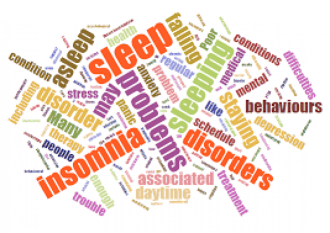Many children have sleeping problems, such as:
|
|
Many sleep problems in childhood are associated with poor sleep habits or with anxiety that develops while they go to bed. Persistent sleeping difficulties may also be symptoms of emotional difficulties. For all young children, sleep time is a moment of separation. Some children will do everything in their power to avoid separation from their relatives before bedtime.
However, to help minimize the onset and intensity of common sleep problems, the parent should develop consistent, regular sleeping routines for the child. Habits just before sleep, such as fairy tales and brushing, help the child understand that sleep time is approaching.
Nightmares are relatively common during childhood. The child often remembers nightmares he had in the evening, who are usually experienced as very threatening. They begin at different ages, and are more common in girls than in boys. For some children, nightmares are serious and frequent, so they do not have a restful sleep.
Night terrors and sleepwalking are a relatively rare group of sleep disorders, called "parasomnias". Night terrors are different from nightmares. The child with terror will scream and cry uncontrollably, gives the impression that he wakes up, but he is in fact confused and unable to communicate. The child usually has no memory of sleep trembling in the morning. Night terrors usually begin between the ages of 4 and 12.
Children sleeping may appear to be awake as they move around, but they are actually asleep and are at risk of beating during the episode. Typically, children with these disorders have one or occasional episodes. However, when episodes occur several times a night, often for several weeks, or affect the child's behavior during the day, then seeking treatment from a child and adolescent psychiatrist may be necessary. A variety of treatments are available for sleep disorders.
Fortunately, as the children mature, usually common sleep problems recede. However, if there is a continuing concern, a pediatrician or a mental health professional should be contacted for a comprehensive evaluation and treatment intervention.

